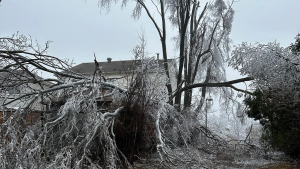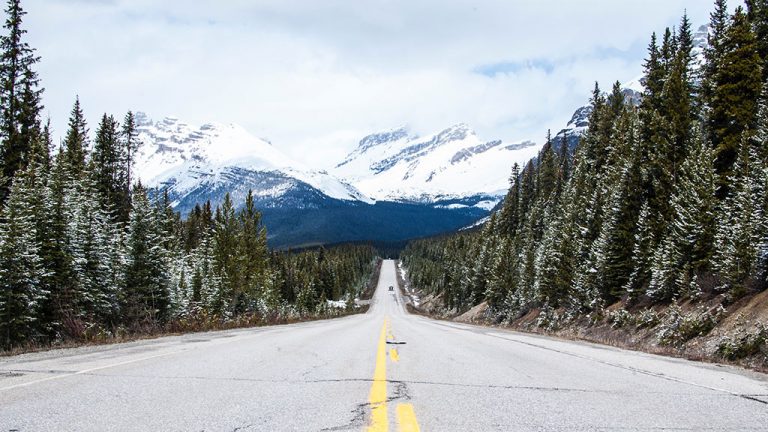Each year in Ontario’s Far North communities construction crews swing into action to build a 3,170-kilometre road network to facilitate delivery of food, fuel and school, medical and construction supplies.
By late March, the result of all that effort melts away as the province’s snow and ice roads dissipate with spring’s rising temperatures.
The road network serves more than 21,000 northern residents and provides more affordable transportation options for employers and job creators, including the mining industry, a key player in the northern economy.
This marks the third year of a three-year $6 million funding commitment by the provincial government, and matched by the federal government, to assist 31 First Nations communities and the Town of Moosonee.
The funds go towards building and maintaining the ice roads and support special projects such as bridge improvements, crossing maintenance and other repairs.
“Winter roads are a critical link to the province’s transportation system for remote First Nation communities in Ontario,” said Greg Rickford, minister of northern development and minister of Indigenous affairs, when the funding was announced in December 2021.
Not only do the roads facilitate delivery of goods, but they allow residents access to southern and other Indigenous communities where they can enjoy social events, access to health care, etc.
The communities contract and maintain the roads themselves or hire contractors, according to Peter Goltsis, assistant director of communications for the Ministry of Northern Development.
The roads typically open to light traffic in late December or early January; commercial loads are typically granted access in early February and vehicles continue to move until late March. These timeframes depend on weather and climate impacts.
This year’s mild winter has delayed the opening of some, including the James Bay Winter Road. The road connects the communities of Attawapiskat, Fort Albany and Kashechewan to Moosonee.
From Moosonee there is a rail link to the main Ontario provincial highway system at Cochrane. But as of Jan. 27, 2023, the road hadn’t yet opened to light truck traffic and mild temperatures were hindering construction progress.
The James Bay Winter Road is operated and managed by Kimesskanemenow LP, a limited partnership between the four communities it connects – Attawapiskat, Fort Albany, Kashechewan and Moose Cree First Nations.
The Cree word kimesskanemenow means “our road.”
National Research of Canada (NRC) researchers are developing data models and working with stakeholders across Canada to identify winter roads that are vulnerable due to climate change and help them to identify solutions. NRC estimates Canada’s official ice and snow road network has 8,000 kilometres in all, but that doesn’t include roads created by the other sectors, such as mining companies or unofficial community roads.
For Ontario’s ice roads, Goltsis provided this info on the three funding levels, based on the type of road: trunk roads (primary road leading to community connector roads) receive $4,286.04 per kilometre; community connector roads receive $3,153.15 per kilometre; and low-use trail roads with typically no commercial loads get $1,948.48 per kilometre.
The province provides guidelines for building and maintenance of the roads based on best practices and Transportation Association of Canada guidelines.
It’s not typical road construction. As the operations are happening over floating ice, it requires a clear understanding of how the ice sheet must function to ensure a safe, successful project, especially if contractors and employees have no previous experience building on ice.
Some of the considerations include the time period the load will be stationary on the ice cover, ice cover type (freshwater lake, river, flood ice, transported floor ice or peatland ice), load weights of vehicles, hazard controls and route selection, among others.
Generally, corridors over land should be 12 metres wide, 45 to 60 metres wide over lakes and channel crossings, and wider still over muskeg/swamp and smaller rivers and streams.
The roads can accommodate commercial loads with a gross vehicle weight rating of 37.000 kilograms and it’s recommended that vehicles not travel faster than 35 km/h over land and 15 km/h over ice and maintain a 500-metre distance between commercial vehicles on ice.
Half loads require 26 inches of blue ice while full loads require 37 inches. Construction crews usually check ice thickness by core drilling; however, Ground Penetrating Radar is now used on longer or more challenging crossings.











Recent Comments
comments for this post are closed